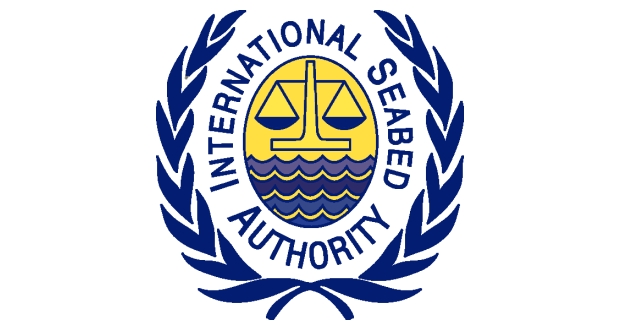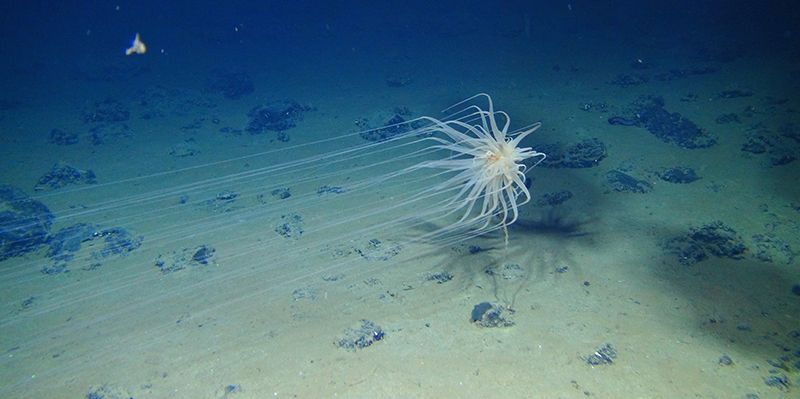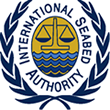Representatives from the International Seabed Authority, the deep-sea mining community, and the International Cable Protection Committee met last week in Bangkok for the Second Workshop on Deep Seabed Mining and Submarine Cables. As the world becomes increasingly more connected, ocean-spanning, high-bandwidth cables are becoming increasingly necessary to maintain a global telecommunication infrastructure. The Law of the Sea recognizes the freedom of all states to lay cables in the high seas. This can, of course, lead to conflict as cables may need to be laid (and in at least one case already are) across deep-sea mining leases in the area.
UNCLOS also requires that member states exercising their freedom to use the high seas also act with “due regard” to other members conducting activities in the Area.
While the first workshop, held in 2015, was focused on information exchange and the more pragmatic aspects of how these two industries work, the second workshop dug deeper into the details regarding what specific steps need to be taken to protect submerged cables, particularly in the CCZ. Discussions included notification procedures as well as the specifics of things like how wide a buffer needs to be around a submerged cable in the area.
According to one participant, the workshop was highly productive and they were optimistic that there was a clear path forward for both industries to act with due regard to each other’s activities.





